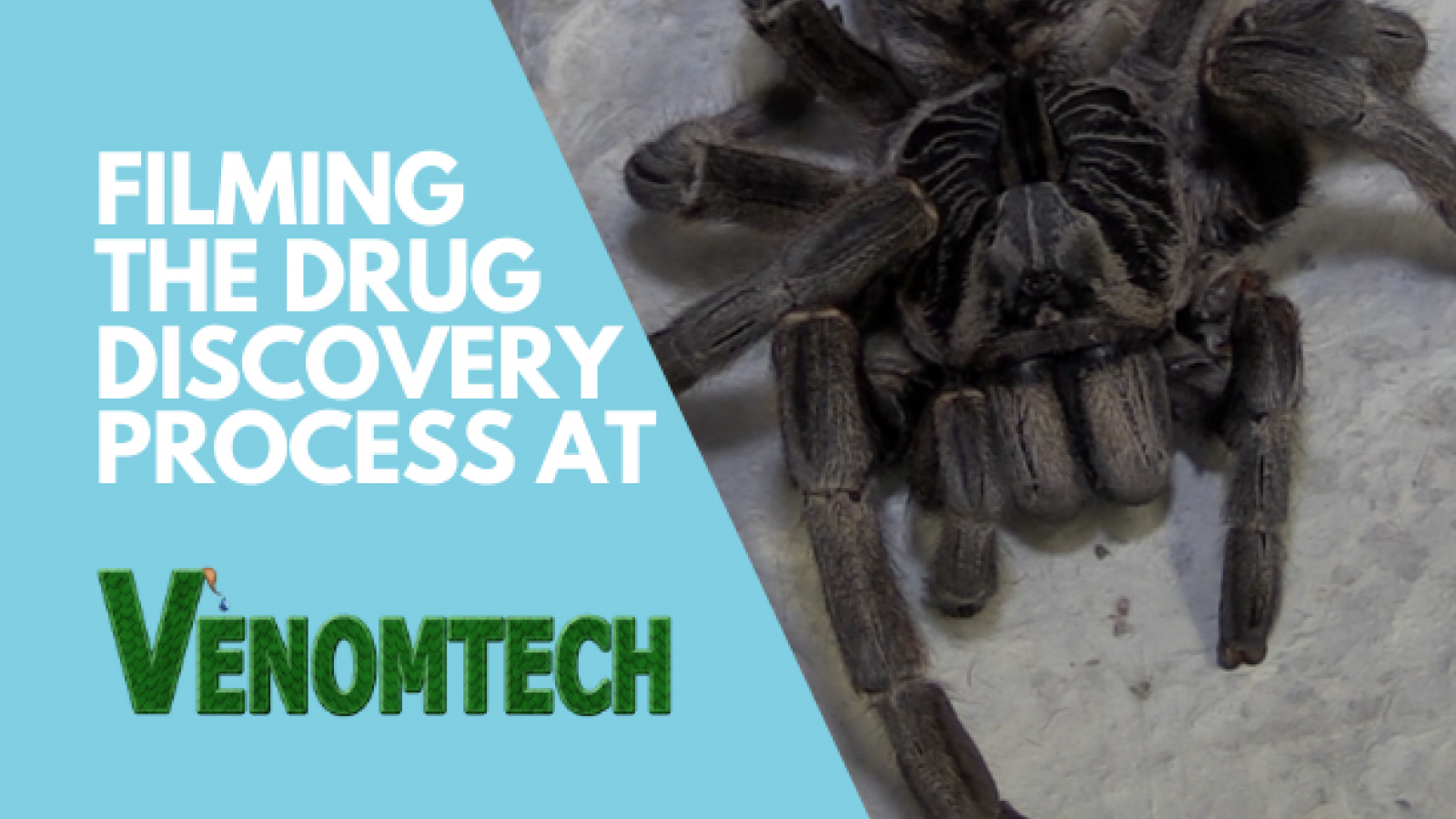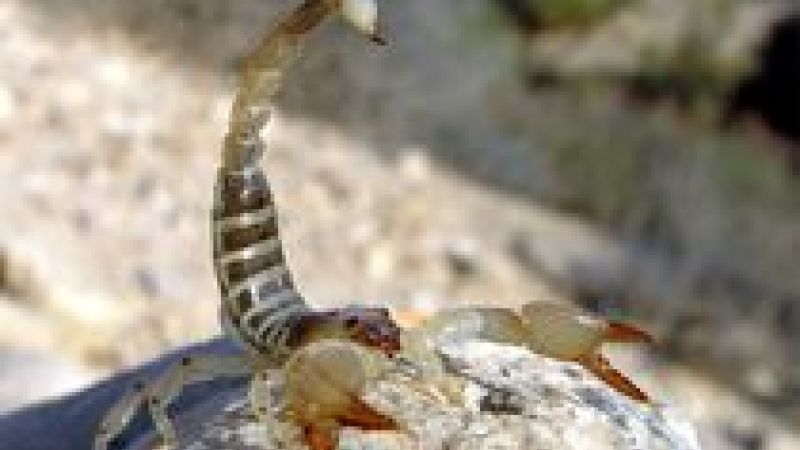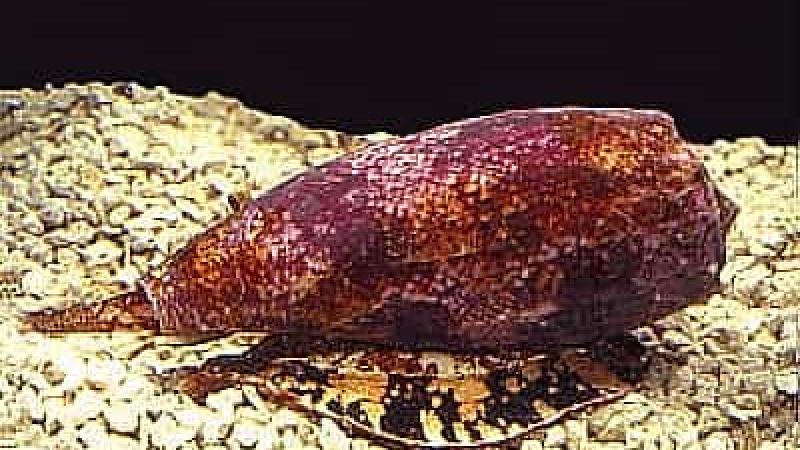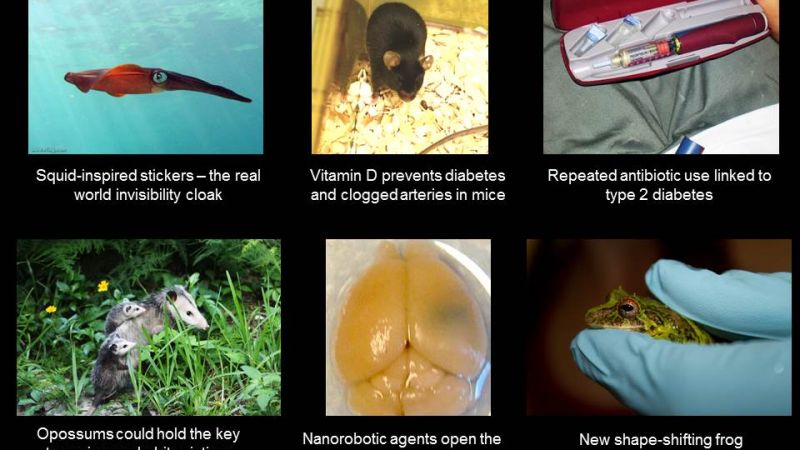Venomtech is unique amongst our members in keeping venomous and poisonous animals - not for fun - although they are a very interesting collection of creatures - but for providing researchers with a huge range of novel compounds.
Spiders and scorpions are kept in the lab UAR recently filmed in while snakes are kept in another secure space. Whether it's from invertebrates or vertebrates, venoms are a cocktail of biologically highly active compounds. Making high quality fractions of these venoms available to researchers is what Venomtech does, as well as conducting its own research.
Caring for Spiders and Scorpions
Animals are 'milked' for what can be quite tiny quantities of venom. The venoms are separated and freeze-dried and then sent all over the world. One of the best known medicine types derived from venom are the anti-high blood-pressure drugs derived from the Brazilian pit viper (Bothrops jararaca). The snake uses its venom to make its prey lose consciousness from a drop in blood pressure.
Local tribes are said to have used the Brazilian pit viper's venom on their arrow tips to induce blood loss and shock. Based on this local knowledge, scientists from the UK and US in the 1960's began looking at the venom, and discovered a compound of interest.
The drug acts as an angiotensin-converting enzyme (ACE) inhibitor, which were developed from a peptide found in the venom of this species in 1965 by Brazilian scientist Sérgio Henrique Ferreira.
It wasn't long before the company now known as Bristol-Myers Squibb used the compound and patented the drug as their own.
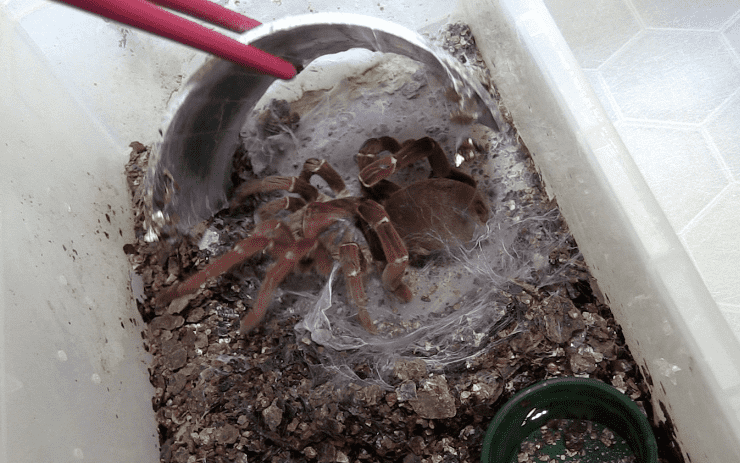
Venomtech have learnt how to look after their invertebrates through ten years of existence. Some of their animals have been with them throughout this time and as some of the larger spiders can live for upwards of 40 years, are likely to be there for some time to come.
In the invertebrate housing vermiculite is used as an inert, moisture retaining substrate. A hide is provided, as is fresh water. Live food in the form of desert locusts are provided around once a month depending on the size of the animal. Locusts are bred commercially as live pet food for a wide range of animals and these are bought in by Venomtech.
Extracting venom
Animals are anaesthetised with CO2 for the venom 'milking' process. The venom glands are stimulated by a small electric current and the drop of venom collected. The quantities obtained are small, measured in micro litres. This happens around once a month to allow the venom glands to fully recharge between extractions.
As Venom MD, Steven Trim explained to me, venoms give such an advantage to the animals that possess them that they have evolved independently many times in many animal groups. This has given rise to such a range of chemicals, it is likely that many of these will have unique properties that we can discover and use.
Whether it is from Jellyfish or Scorpions, Spiders or Snakes, we can look out for new medicines that start life as a venom extract.
Read more about venom derived drugs here: http://www.animalresearch.info/en/drug-development/venom-derived-drugs/
Last edited: 3 March 2022 15:10

